5th Grade Geometry Worksheet
In 5th Grade Geometry Worksheet we will classify the given angles as acute, right or obtuse angle; using a protractor, find the measure of the given angle, classify the given triangle and circle the numbers with right angles.
1. Write 3 examples of right angles.
2. Name the angles the hour hand makes on the clock face when the time is:
(i) 10 to 3
(ii) 10 to 9
(iii) 6 : 00
(iv) 20 minutes past 11
(v) 12 : 15
3. How many right angle turns does a soldier make one after the other when he does an “about turn”?
4. All the angles around the middle point of a clock will add to ………………
5. Find the number of triangles in the given figure. How many of these are:
(i) Right Triangle
(ii) Acute Triangle
(iii) Obtuse Triangle
6. Classify the given angles as acute, right or obtuse angle.
(i) 112°
(ii) 84°
(iii) 120°
(iv) 90°
(v) 180°
(vi) 72°
7. Fill in the blanks:
(i) The triangle with all the three sides equal is called an ……………………. triangle
(ii) The measure of straight angle is …………………….
(iii) The measure of each angle of equilateral triangle is …………………….
(iv) The acute angle lies between ……………………. degrees and ……………………. degrees.
(v) The angle made by hour hand showing time 10 : 10 on the clock …………………….
8. Using a protractor, find the measure of each of the given angle.
(i) ∠DOC
(ii) ∠DOB
(iii) ∠COB
(iv) ∠COA
(v) ∠BOF
9. Classify the given triangle.
(i) Sides of triangle are 7 cm, 7 cm and 7 cm
(ii) Angles of triangle is 85°, 60° and 35°
(iii) Angles of triangle is 60°, 60° and 60°
(iv) Sides of triangle are 5 cm, 13 cm and 12 cm
(v) Angles of triangle is 120°, 25° and 35°
10. Circle the numbers with right angles.
11. Multiple Choice Question (MCQ) on 5th grade Geometry:
Tick (✔) the correct option.
(i) The number of right angles in a complete angle is
(a) 1
(b) 2
(c) 3
(d) 4
(ii) The angle, which is more than 90° but less than 180°, is
(a) a reflex angle
(b) an obtuse angle
(c) a right angle
(d) a straight angle
(iii) If one angle of a linear pair angles is 110°, the other one is
(a) 20°
(b) 250°
(c) 110°
(d) 70°
(iv) If one angle of a pair of complementary angles is 5°, then the other one is
(a) 8°
(b) 85°
(c) 175°
(d) 90°
(v) The difference between the sum of two supplementary angles and the sum of two complementary angles is
(a) 0°
(b) 180°
(c) 90°
(d) 1°
(vi) With the help of a compass, we can draw the angle of
(a) 40°
(b) 55°
(c) 65°
(d) 90°
(vii) What kind of an angle is it, if it is smaller than its supplement?
(a) acute
(b) right
(c) obtuse
(d) None
(viii) What kind of an angle is it, if it is equal to its supplement?
(a) acute
(b) obtuse
(c) right
(d) None
(ix) The bisectors divide an equilateral triangle in
(a) 1 region
(b) 2 regions
(c) 3 regions
(d) 6 regions
(x) What kind of an angle is it, if it is greater than its supplement?
(a) acute
(b) right
(c) obtuse
(d) None
12. State True or False:
(i) Adjacent sides of a rhombus are equal.
(ii) A cube has 14 edges.
(iii) A prism having 6 vertices is called a rectangular prism.
(iv) A cylinder has 2 plane and 1 curved faces.
(v) If all the three sides of a triangle are equal, it is called an equilateral triangle.
(vi) Angle, which can be drawn by using ruler and compass, should be multiple of 15°.
(vii) An angle has an interior as well as an exterior region.
(viii) Perpendicular lines are the lines that intersect at an angle 60°.
(ix) The perpendicular bisector of a line segment is the line that is perpendicular to the line segment.
13. Fill in the blanks:
(i) A tetrahedron has _____ faces.
(ii) A _____ has no vertex and no edge.
(iii) A triangle can not have two _____ angles.
(iv) An acute angle is always _____ than right angle.
(v) The sum of angles of a triangle is _____.
(vi) If three or more lines intersect at a point, we say that lines are _____.
(vii) The measure of an angle depends upon _____.
(viii) Instrument used to draw any angle is _____.
(ix) _____ line can be drawn passing through two given points.
14. Match the columns:
15. In the following figure, verify by measurement that:
(i) PR + QS = PS + QR
(ii) PQ + RS = PS - QR
16. State 'True' or 'False':
(i) All 4-sided plane figures are quadrilaterals.
(ii) All squares are rectangles.
(iii) All rectangles are parallelograms.
(iv) All rhombuses are parallelograms,
(v) All squares are rhombuses.
17. Which of the following figures are not polygons and why? Give reasons:
18. Answer the following questions:
(i) Which shapes have one curved surface and one plane surface?
(ii) Which shapes have one unbroken curved surface (and no plane surface)?
(iii) Which shape has one curved surface and two plane faces of equal size ?
(iv) Which shapes have six plane faces?
20. Each of the two equal angles of a triangle is 58 of the third angle. Find degree measures of all the angles of the triangle.
21. Find the value of x in each of the following:
22. How can you inscribe a pentagon in given circle?
24. How many equilateral triangles can be made from 6 sticks of equal length?
25. Short and Long Answer Type Questions:
(i) Draw three circles of radius 3 cm, 4.5 cm and 5.5 cm with same centre.
(ii) Draw a line segment AB of length 6 cm. Draw three perpendiculars, one at mid-point and other two at each of the end-points.
(iii) Draw a line segment AB= 5 cm. Take a point P not lying on the line. Construct a perpendicular on line AB from P.
(iv) Draw a circle of radius 4 cm. Draw any chord AB. Construct a perpendicular bisector of AB. Also, examine whether it passes through the centre of the circle.
(v) Draw ABC = 135°. Find its axis of symmetry.
(vi) Draw an angle measuring 132", Construct its bisector.
26. Draw any line segment ¯AB. Without measuring AB, construct a copy of ¯AB.
27. Construct any line segment PQ. Construct AB such that ¯AB = 3¯PQ
28. Draw any line segment AB. Mark any point P on it. Through P, draw a perpendicular to ¯AB.
29. Match the Columns:
|
Column A |
Column B |
|
(i) The instruments, used to draw perpendicular and parallel lines, are known as ________. |
(a) protractor |
|
(ii) To measure the number of degrees in an angle, an instrument called ________ is used. |
(b) set-squares |
|
(iii) The instrument, used to mark-off equal lengths, but does not measure them and also draw arcs and circles, is known as ________. |
(c) divider |
|
(iv) ________ has a pair of pointers and used to compare lengths. |
(d) compass |
Answers on 5th Grade Geometry Worksheets are given below to check the exact answers of the questions.
Answers:
1. Corners of a room, corners of a book and set square.
2. (i) Obtuse
(ii) Acute
(iii) Straight
(iv) Obtuse
(v) Right
3. Two
4. 360°
6. (i) Obtuse
(ii) Acute
(iii) Obtuse
(iv) Right
(v) Straight
(vi) Acute
7. (i) Equilateral
(ii) 180°
(iii) 60°
(iv) 0, 90°
(v) 10
8. (i) ∠DOC = 60°
(ii) ∠DOB = 90°
(iii) ∠COB = 30°
(iv) ∠COA = 120°
(v) ∠BOF = 150°
9. (i) Equilateral
(ii) Acute-angled
(iii) Equilateral
(iv) Scalene
(v) Obtuse-angled
10. 5, 4
11. (i) → (d) 4
(ii) → (b) an obtuse angle
(iii) → (d) 70°
(iv) → (b) 85°
(v) → (c) 90°
(vi) → (d) 90°
(vii) → (a) acute
(viii) → (c) right
(ix) → (c) 3 regions
(x) → (c) obtuse
12. (i) True
(ii) False
(iii) False
(iv) True
(v) True
(vi) True
(vii) True
(viii) False
(ix) True
13. (i) A tetrahedron has 4 faces.
(ii) A sphere has no vertex and no edge.
(iii) A triangle can not have two obtuse / right angles.
(iv) An acute angle is always less than right angle.
(v) The sum of angles of a triangle is 100°.
(vi) If three or more lines intersect at a point, we say that lines are concurrent.
(vii) The measure of an angle depends upon the opening between its arms.
(viii) Instrument used to draw any angle is protractor.
(ix) One line can be drawn passing through two given points.
14. (i) → (c)
(ii) → (d)
(iii) → (a)
(iv) → (b)
15.
16. State 'True' or 'False':
(i) True
(ii) True
(iii) True
(iv) True
(v) True
17. Which of the following figures are not polygons and why? Give reasons:
18. Answer the following questions:
(i) A cone have one curved surface and one plane surface.
(ii) A sphere have one unbroken curved surface (and no plane surface).
(iii) A cylinder has one curved surface and two plane faces of equal size.
(iv) A cube have six plane faces.
19. ∠3 = 40°, ∠2 = 140°, ∠4 = 140°
20. 50°, 50° and 80°.
21. (i) 40°
(ii) 130°
(iii) 60°
22.
23. 360°
24. 3 equilateral triangles.
29. (i) → (b)
(ii) → (a)
(iii) → (d)
(iv) → (c)
From 5th Grade Geometry Worksheet to HOME PAGE
Didn't find what you were looking for? Or want to know more information about Math Only Math. Use this Google Search to find what you need.
Recent Articles
-
Counting Numbers from 1 to 50 | Match the Number | Missing Numbers
Apr 04, 25 03:46 PM
In counting numbers from 1 to 50, recognize the numbers, count and then join the numbers in the correct number order. Here we mainly need eye-hand coordination to draw the picture and maintain the num -
Counting Eleven to Twenty with Numbers and Words |Numbers from 11 - 20
Apr 04, 25 03:21 PM
Counting eleven to twenty with numbers and words are explained below. One ten and one more is eleven. Eleven comes after ten. One ten and two more is twelve. Twelve comes after eleven. -
5th Grade BODMAS Rule Worksheet | PEMDAS | Order of operations|Answers
Apr 03, 25 03:11 PM
In 5th Grade BODMAS Rule Worksheet you will get different types of problems on mathematical expressions involving different operations, mathematical expression with 'brackets' and 'of' and simplifying… -
Worksheet on Simplification | Simplify Expressions | BODMAS Questions
Apr 03, 25 02:58 PM
In worksheet on simplification, the questions are based in order to simplify expressions involving more than one bracket by using the steps of removal of brackets. This exercise sheet -
Divisible by 2 Video |Test of Divisibility by 2 Trick| Rules| Examples
Apr 03, 25 10:25 AM
A number is divisible by 2 if the digit at unit place is either 0 or multiple of 2. So a number is divisible by 2 if digit at its units place is 0, 2, 4, 6 or 8.
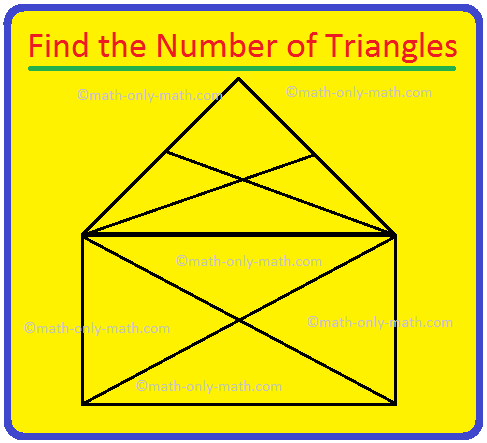
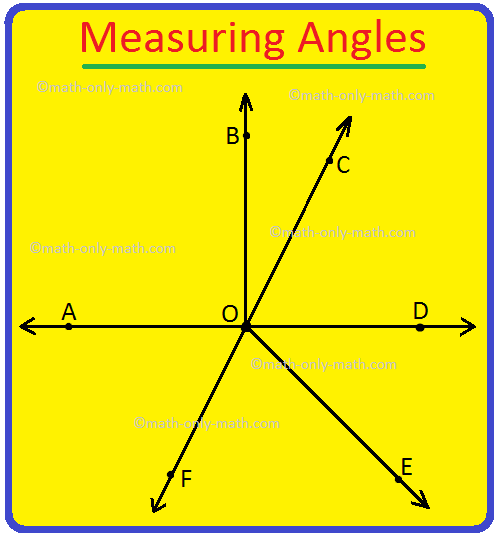
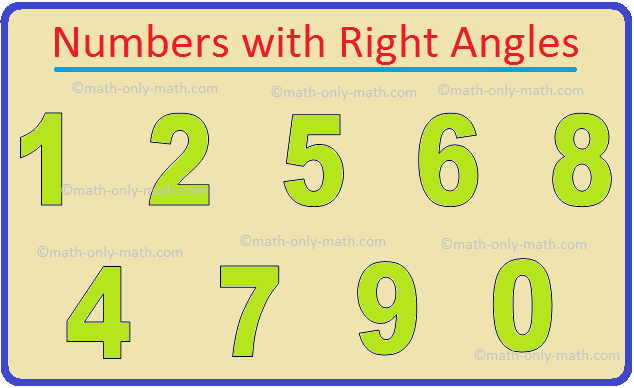
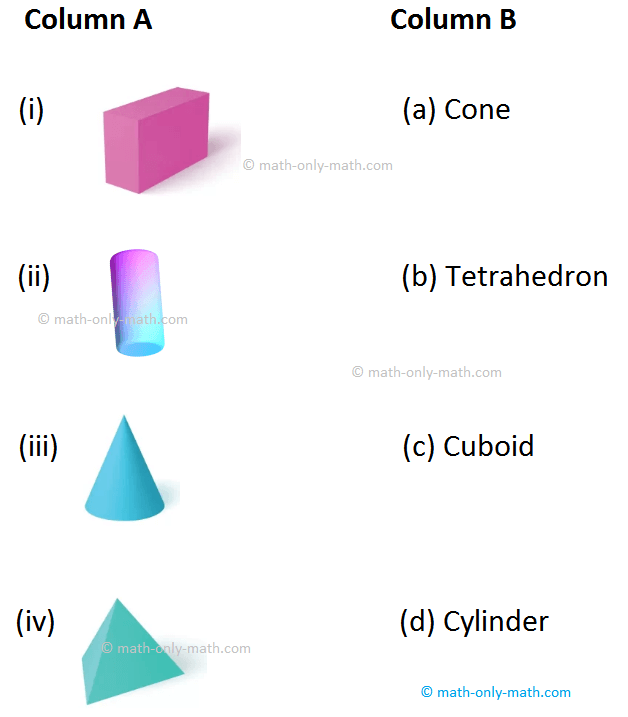


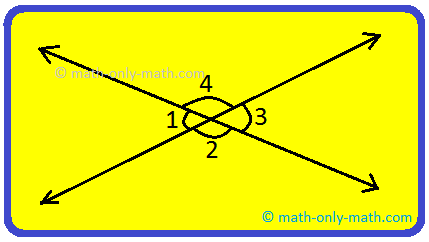

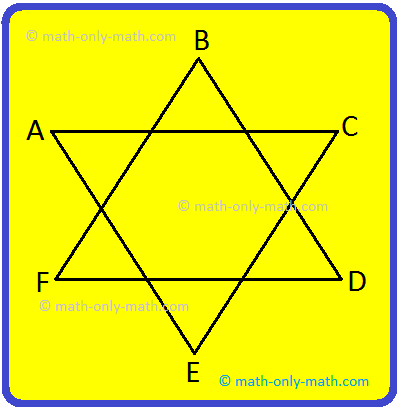
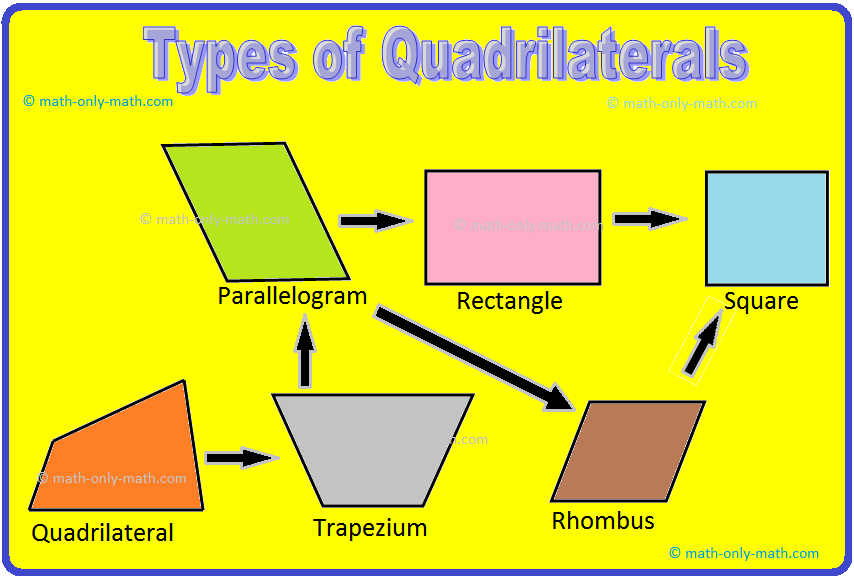
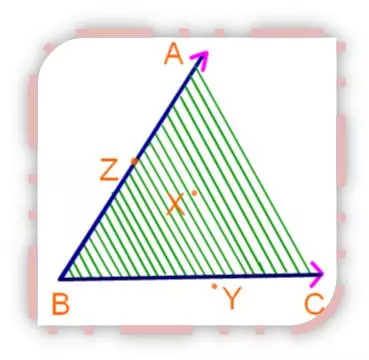


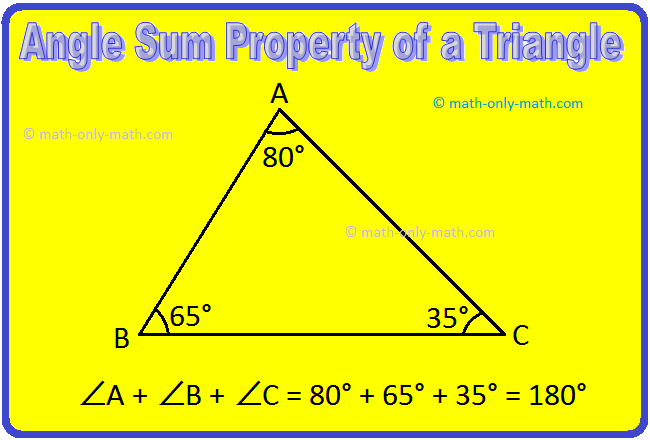
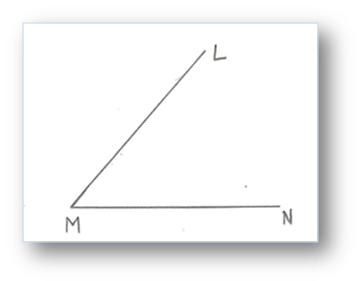
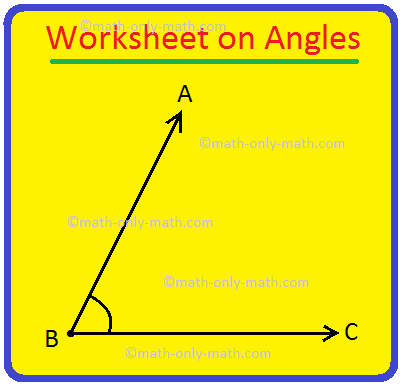
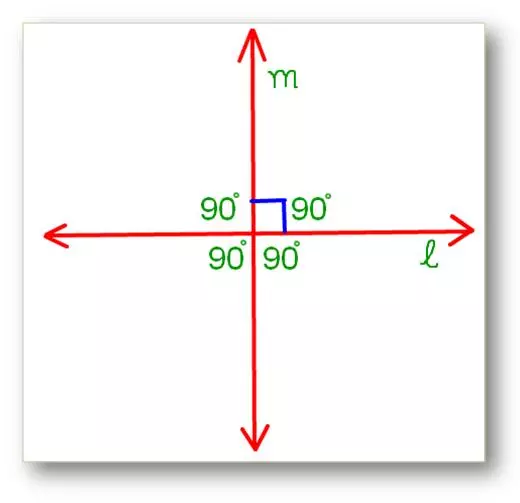
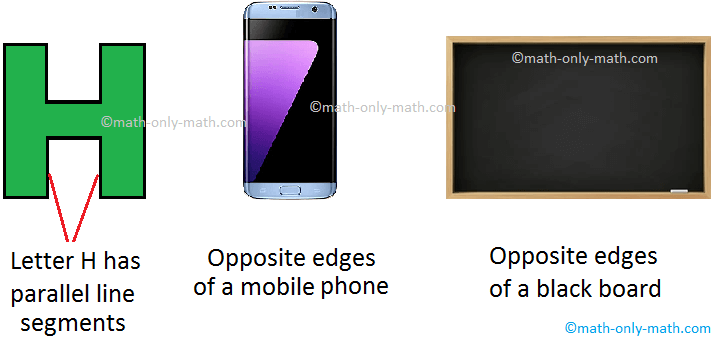
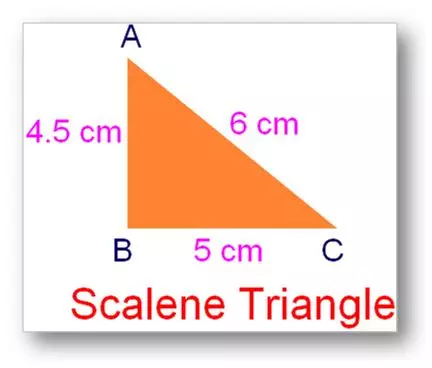

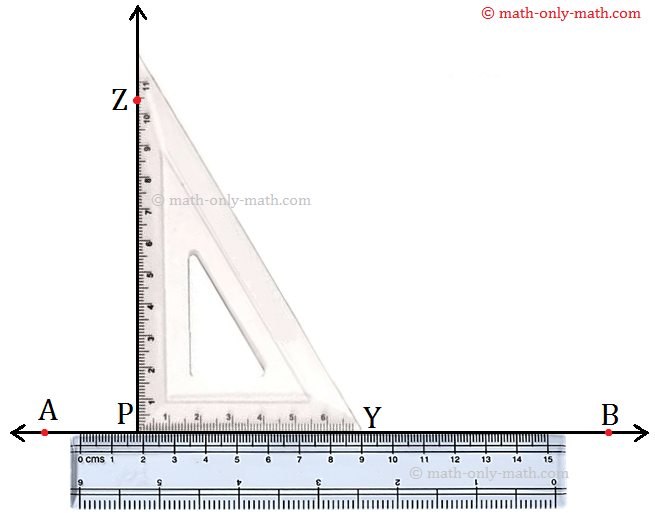






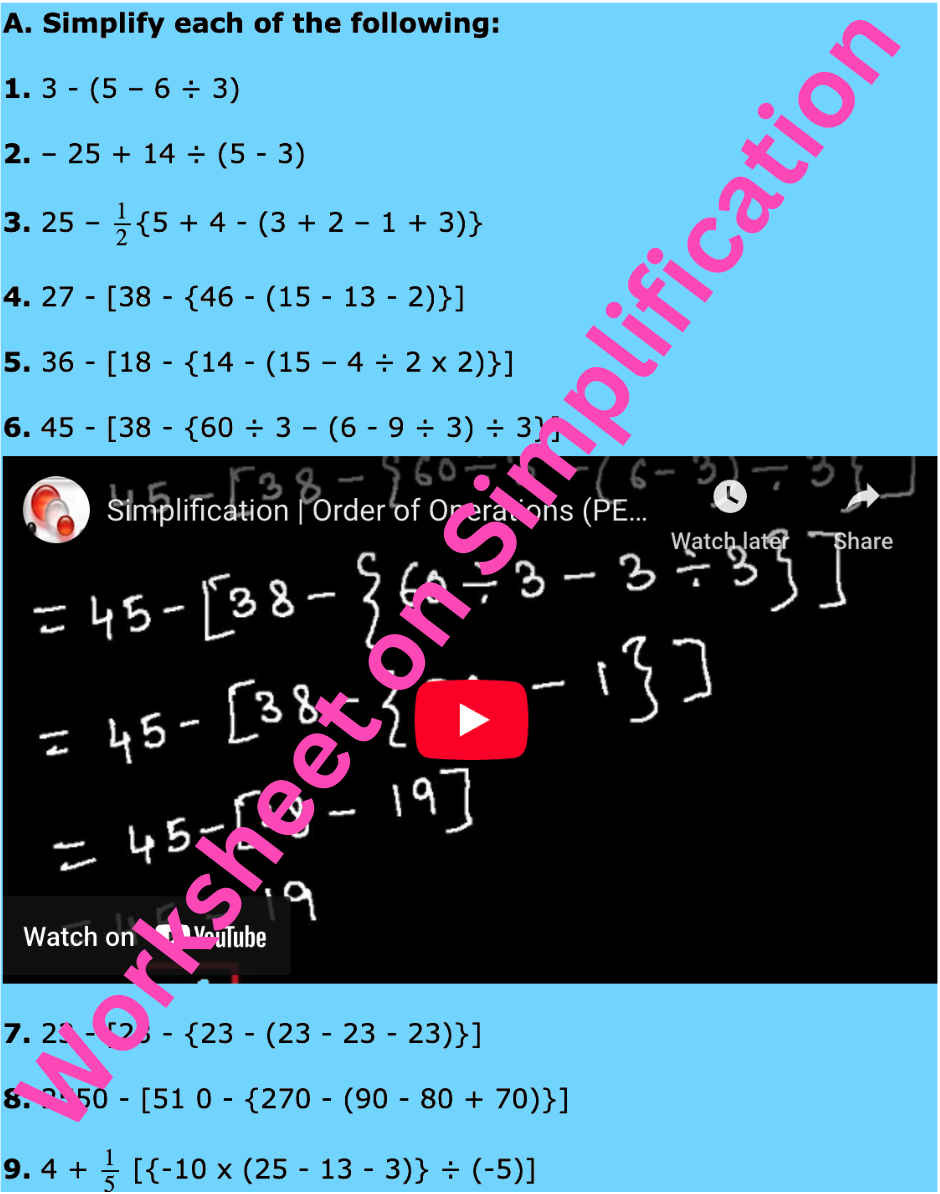

New! Comments
Have your say about what you just read! Leave me a comment in the box below. Ask a Question or Answer a Question.